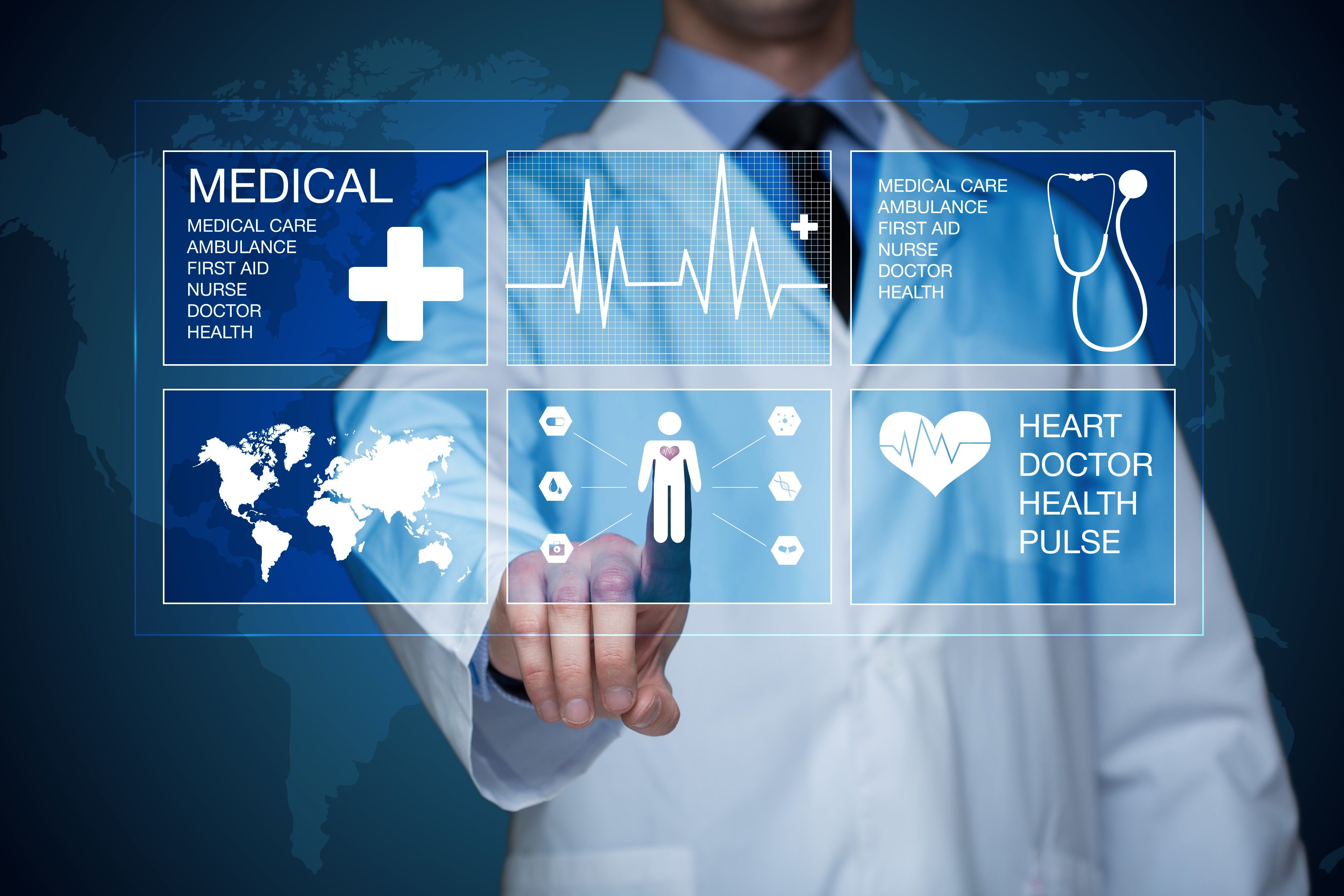Article
5 Predictions for HealthTech in 2020
Author(s):
Here are 5 healthtech predictions that will improve healthcare in the new year.

It’s been an exciting year for the healthcare industry-in the midst of digital transformation and a shift to patient-centric care. Yet, while innovative technologies are transforming the delivery of care and improving outcomes, our healthcare system ranks one of the worst among high-income nations. Undoubtedly, there is room for improvement.
Here are 5 healthtech predictions that will improve healthcare in the new year:
Humanizing medicine is a priority.
Today, nearly 70 percent of physicians’ work is outside of the exam room. Providers are often serving documentation required by EMRs and taking care of administrative tasks, such as playing phone tag and chasing follow-ups. Time spent with patients is too often spent with eyes turned to computer screens, electronically recording conversations, instead of truly communicating.
In 2020, we will see a return to human interaction. By improving the human element of healthcare - the relationship between doctor and patient - we can maximize the value delivered to patients. Meaningful human interaction, combined with technology that enhances care and provides for its continuity, will enable patient-centric care that addresses not only the immediate, but the ongoing and long-term needs of patients.
Doctors start treating patients like customers.
When they visit a healthcare provider, patients are buying a service. Like any merchant, medical providers need to understand what their customers want and how best to deliver it. They need to recognize that patients have an immediate need-whether it be treating a seasonal allergy or dealing with a serious, chronic illness-and they want to feel connected and understood by providers who know their history and truly care about their wellbeing.
Like all paying customers, patients also want to know the cost of the service they are buying.
In 2020, rather than requiring patients to schedule in-office appointments for routine needs, such as prescriptions and lab results, providers will offer virtual solutions. Televisits allow patients to avoid commuting to appointments and enduring germ-laden waiting rooms by connecting to their own doctors via videoconferencing initiated from their phone or computer. Done right, televisits are low-cost and typically covered by insurance (often free to physicians), simple to implement, HIPAA-compliant, and easy to use. They allow doctors and patients to stay connected between visits, improving care and reducing overall spend on healthcare by helping to avoid preventable illnesses.
Healthcare becomes more convenient and accessible.
Patients want access to healthcare when, where, and how it best suits them. Proof can be witnessed in the remarkable rise of telemedicine, as well as retail healthcare facilities, like urgent care centers, that offer walk-in, last minute services. Patients are often willing to see providers who are strangers to them simply because of the convenience they offer.
Physicians will win back their patients by providing them with more convenient access to care, for instance, through secure, web-based portals; mobile clinics offering primary and preventative care services; extended office hours; and online scheduling. Better access to care will help to strengthen doctor-patient relationships, thereby reducing medical errors (common when providers do not know they patient they are seeing) and leading to more accurate treatment and long-term wellness.
Patients embrace new channels of care.
Patients are taking on greater responsibility for their healthcare, increasingly seeking new channels of care, including mobile apps and at-home diagnostic testing. Today they use apps to track health and wellness, and connect with medical devices, for instance, to take an EKG or monitor blood glucose levels. The data can be easily shared with their providers.
App development will continue at a rapid pace in the new year, offering patients valuable information and insights. Patients will also start to rely more on at-home tests to diagnose infections, such as strep throat and urinary tract infections, before going to the doctor for treatment. They will become more comfortable using an at-home genetic test to identify existing or future health risks, taking on greater control of their health.
As technology advances, practitioners need to stay current on new developments and welcome them into our practices, leveraging the tools to connect and better care for their patients.
Providers increase their reliance on technology to enhance their effectiveness.
Overly complex or outdated technology has interrupted care and taken a toll on the healthcare industry, but the proliferating shift to patient-centric technology will continue to yield transformative power to providers.
Tools that leverage AI and predictive analytics will help providers evaluate vast amounts of data, uncover treatments with proven effectiveness, better predict what their patients need today, and help prevent complications and illnesses.
Providers will rely more heavily on technology platforms, software, and mobile apps that allow them to more readily access clinical data, connect and collaborate with peers and patients, and better manage their practices. Advancements, too, will extend their clinical capabilities, for instance enabling them to look up drug interactions, monitor blood loss in surgical procedures, evaluate imaging, and make faster, more accurate diagnoses.
The Future of Healthcare
These predictions will help to create positive change in an industry ripe for improvement. By focusing on patients and embracing the potential healthtech delivers, we can strengthen doctor-patient relationships, build stronger businesses, and deliver better care.





